The Kingdom of Morocco is a state located in the northwestern part of Africa.
This is what the modern flag of Morocco looks like:
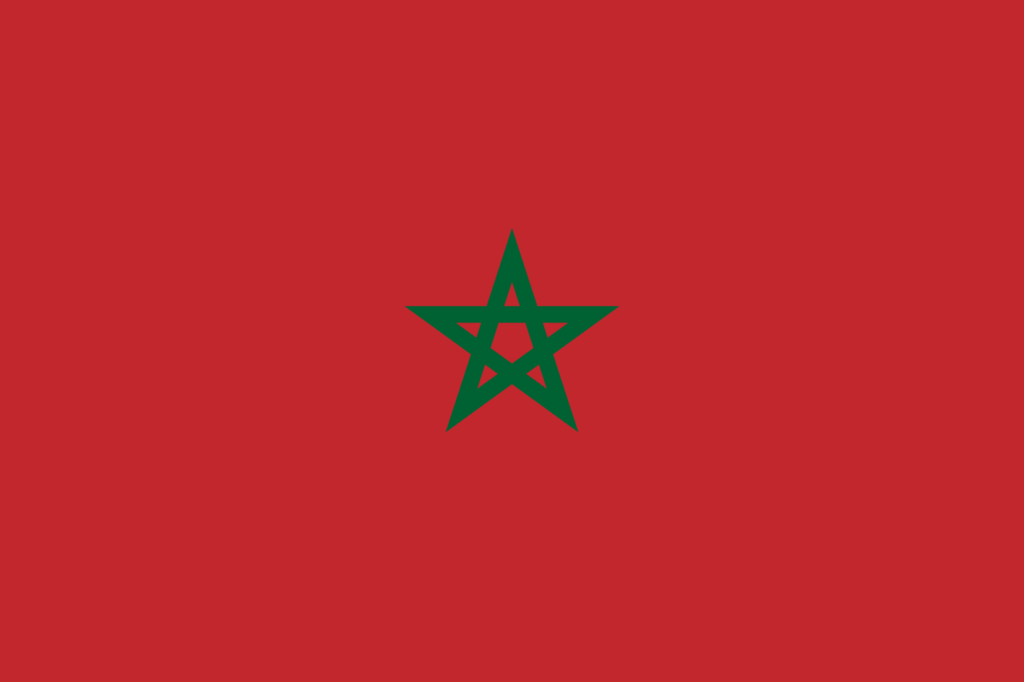
History of the flag
In ancient times, the Moroccan lands belonged to the Phoenician state (Carthage), the Roman Empire, the Byzantine Empire until the conquest by the Arabs.
The first state in these lands was founded in the 8th century, headed by the Idris dynasty. At that time a flag was used with an incomprehensible image resembling a lying flask on a general white background.
From the 11th to the 12th century, during the Almoravid dynasty, the same symbol was used with the inscription: «there is no God but Allah, Mohammed is the Messenger of Allah. During this period there was a large empire whose center was Morocco.
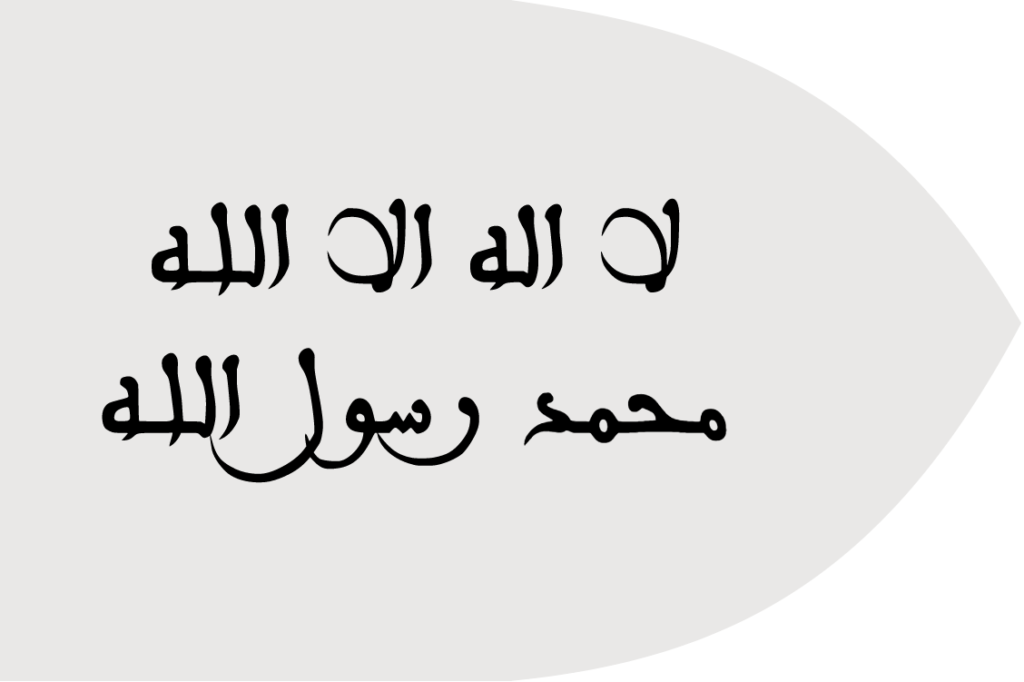
With the fall of the Almoravid dynasty came a century-long period of the Almohad dynasty (1147-1248), under which the flag, which looked like a chessboard on a general red background, was also replaced. After the fall of the dynasty, the empire also collapsed.

From the middle of the 13th to the middle of the 17th century Morocco was ruled alternately by the Marinid, Saadid and Wattasid dynasties, under which the symbolism was again modified: an eight-pointed star was depicted on a red background. During this period, the flag of the Idris dynasty was also used in parallel. In the 16th-17th centuries the Moroccan state was on the rise again and reached the peak of its power.

When the Alawite (Alawid) dynasty came to power, the country continued for a time with a unified state policy, but gradually the central authority began to weaken and eventually Morocco slipped into the category of a pirate state. At that time a rectangular red cloth was used as the flag.

This version of the symbol was used until the new official flag of Morocco, which was approved in November 1915.
In the 19th century, the state became the object of a struggle between such European countries as France, Spain, Britain, and a little later Germany. Eventually most of the country became ruled by France and the rest by Spain. In 1956, both parts gained independence.
Description
The overall background of the national symbol of Morocco has a dark red coloring, and in the center of the cloth depicts a green five-pointed star (pentagram), which is separated from the red background by lines of black color. The banner has an aspect ratio of 2 to 3.
Flag colors
The main colors of the symbol of Morocco are red and green.
Meaning of colors and flag symbol
The color red for Moroccans has several explanations and is inextricably linked to the history of the state. It has been used for several centuries in the symbolism of Morocco to denote the royal family. In addition, the shade of red is a symbol of courage and strength.
The star on the cloth has been used since ancient times as a symbol of religion. For example, the star of King Solomon. Green is also associated with religion.
Other Flags
The Kingdom of Morocco has and also uses other symbols that signify state affiliation, or have to do with a particular structural branch of the state:
- royal;

- civilian;
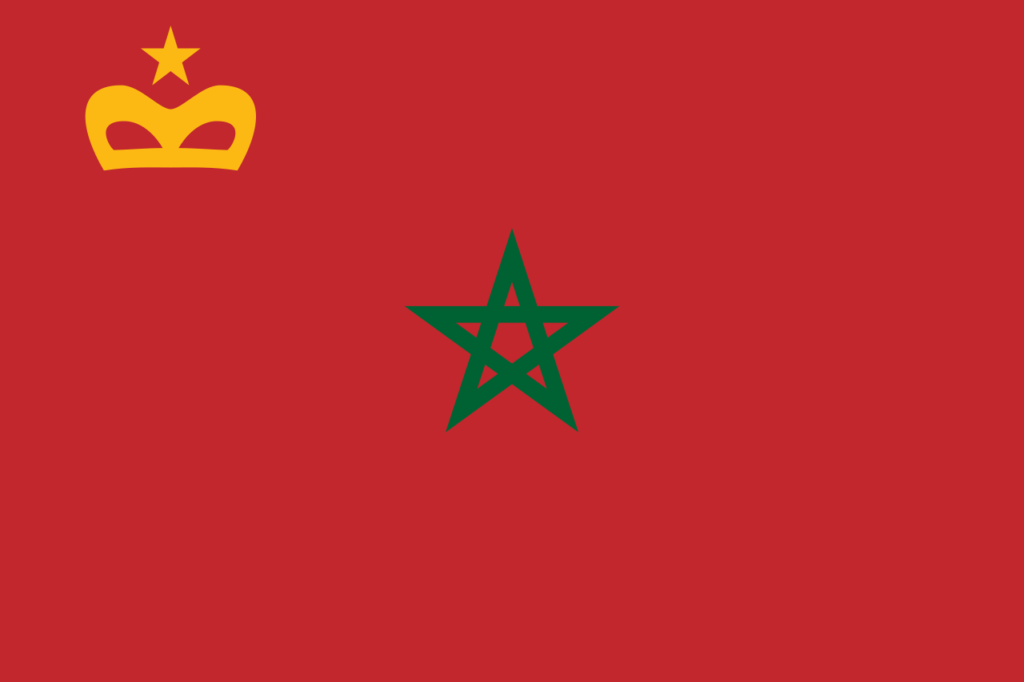
- naval;
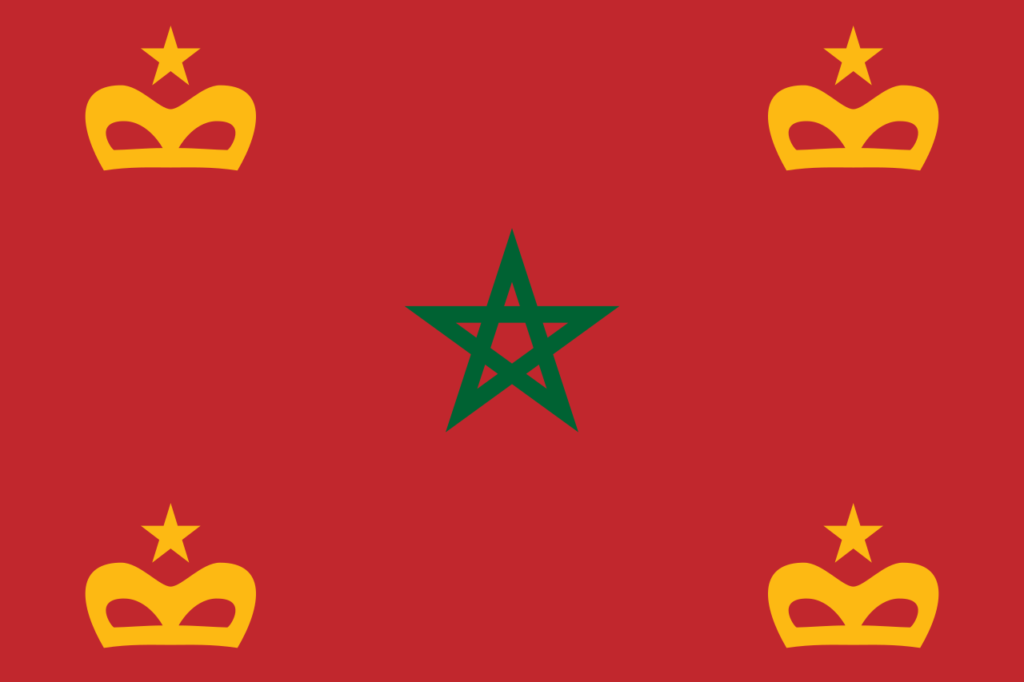
- royal army;
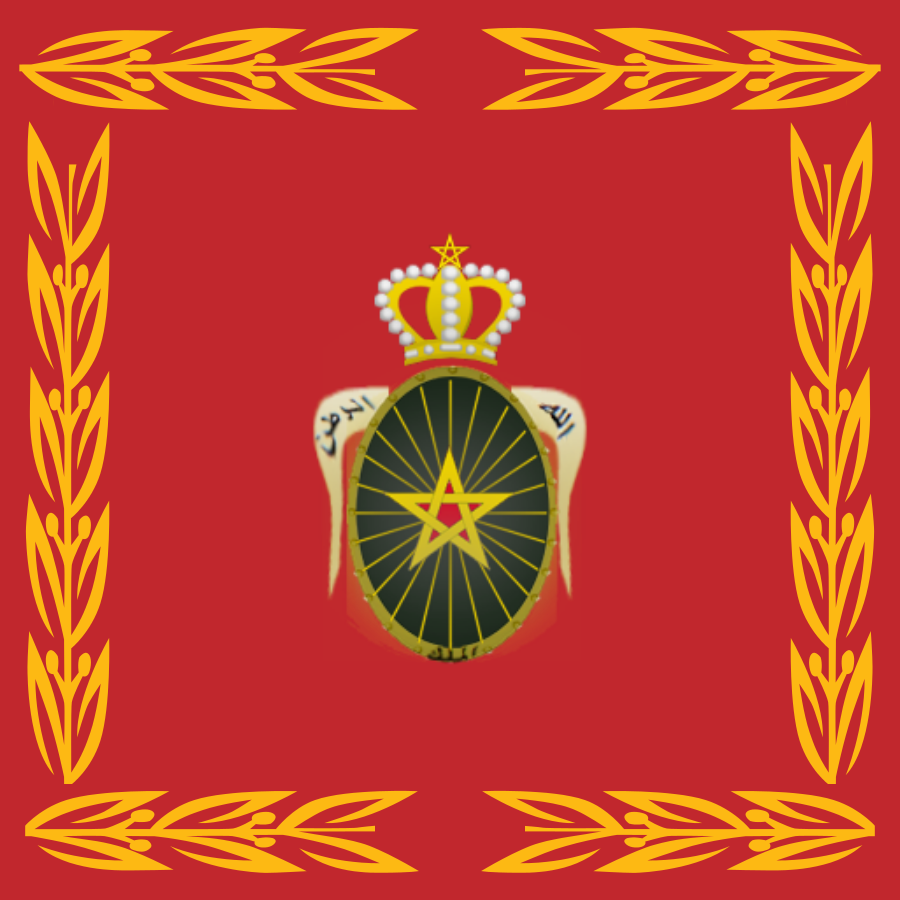
- Huys.
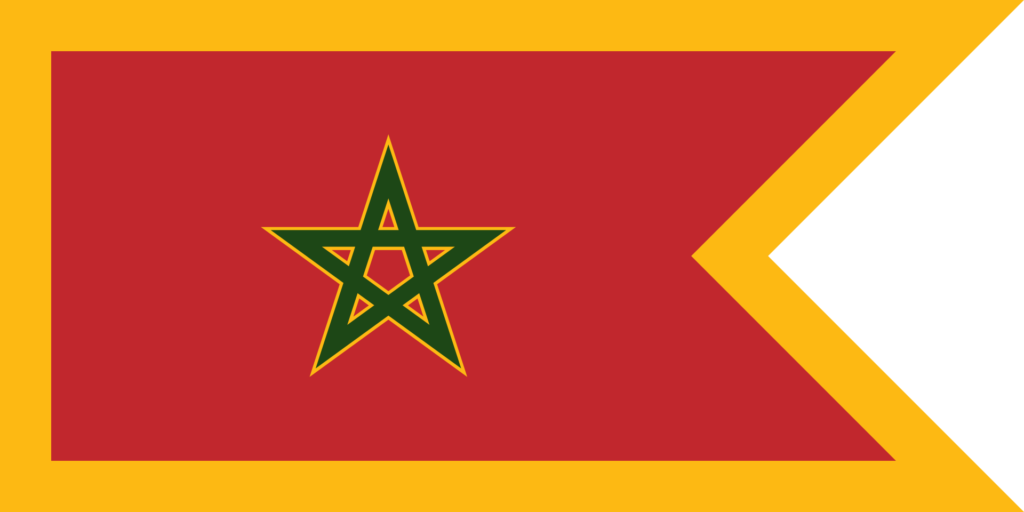
Interesting facts about the flag
When the territory was ruled by the French and Spanish, the official symbol adopted in 1915 was not allowed. Instead, other symbols (trade flags) were available:
- of the French protectorate;
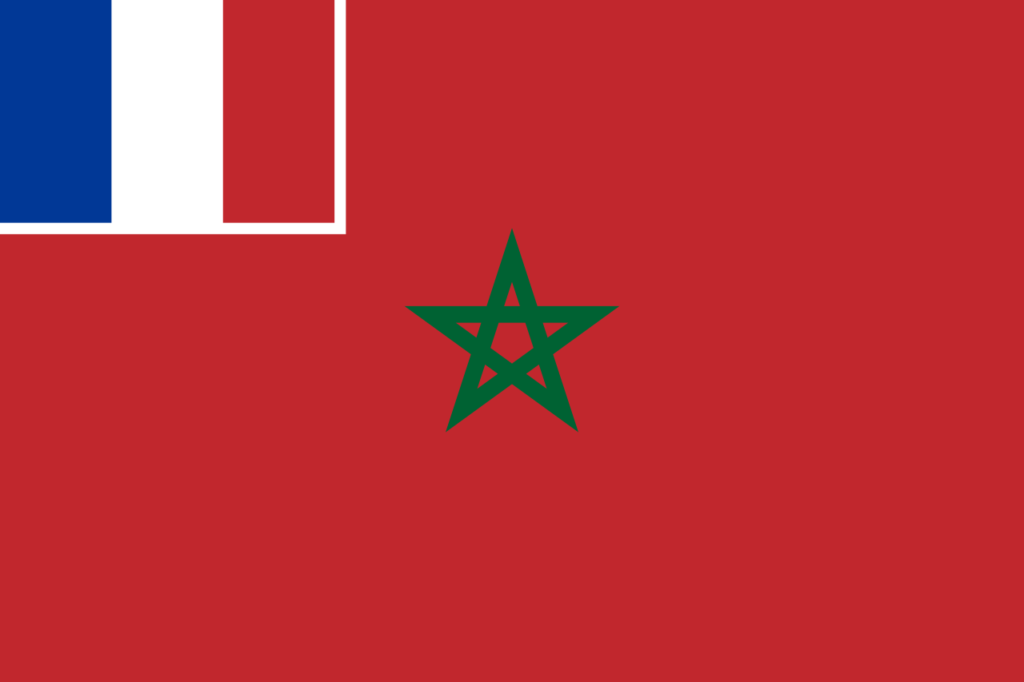
- of the Spanish protectorate.

After 1956, the version of the official symbol began to be used everywhere.
General information about Morocco
| Official language | Arabic, French, Spanish,
Berber, Tamazight |
| Capital | Rabat |
| Territory | 710 850 or 446 550 (excluding Western Sahara) km² |
| Population | 33 848 242 people |
| Currency | Moroccan dirham (MAD, code 504) |
| Phone Code | +212 |










Как мужчина, прокомментирую:
«Флаг Марокко — это не просто символ страны, это отражение ее богатой истории и культуры. Красный и зеленый цвета имеют глубокое значение, символизируя мужество и надежду. Звезда в центре флага напоминает о связи между различными историческими периодами и современными стремлениями марокканского народа. Уверен, что изучение флага может привести к более глубокому пониманию марокканской идентичности и духа.»
Согласен! Когда я путешествовал по Марокко, заметил, как местные жители гордятся своим флагом. Он действительно отражает их культуру и историю. Понимание этих символов помогает лучше осознать дух страны и её людей. Это вдохновляет на уважение к другим культурам!
Согласен с тобой! Когда я путешествовал по Марокко, замечал, как флаг повсеместно использовали на праздниках. Это создавало чувство единства. Символика действительно важна — она помогает понять не только страну, но и людей, которые в ней живут.
Absolutely! When I visited Italy, I felt the same vibe with their colorful festivals. The flag decorations brought everyone together, creating a sense of community. It’s amazing how symbols can connect us to a culture and its people on such a deep level.
Absolutely, I feel the same way! When I traveled to Morocco, I was amazed by how the flag symbolizes everything from its history to its people’s resilience. Understanding the colors and the star really helped me connect with the culture on a deeper level. It’s like a narrative in fabric!
I remember visiting Morocco and seeing that vibrant red and green flag everywhere. It felt like I was stepping into a rich tapestry of culture and history. The people were warm, and the landscapes were breathtaking. It truly made my trip unforgettable!